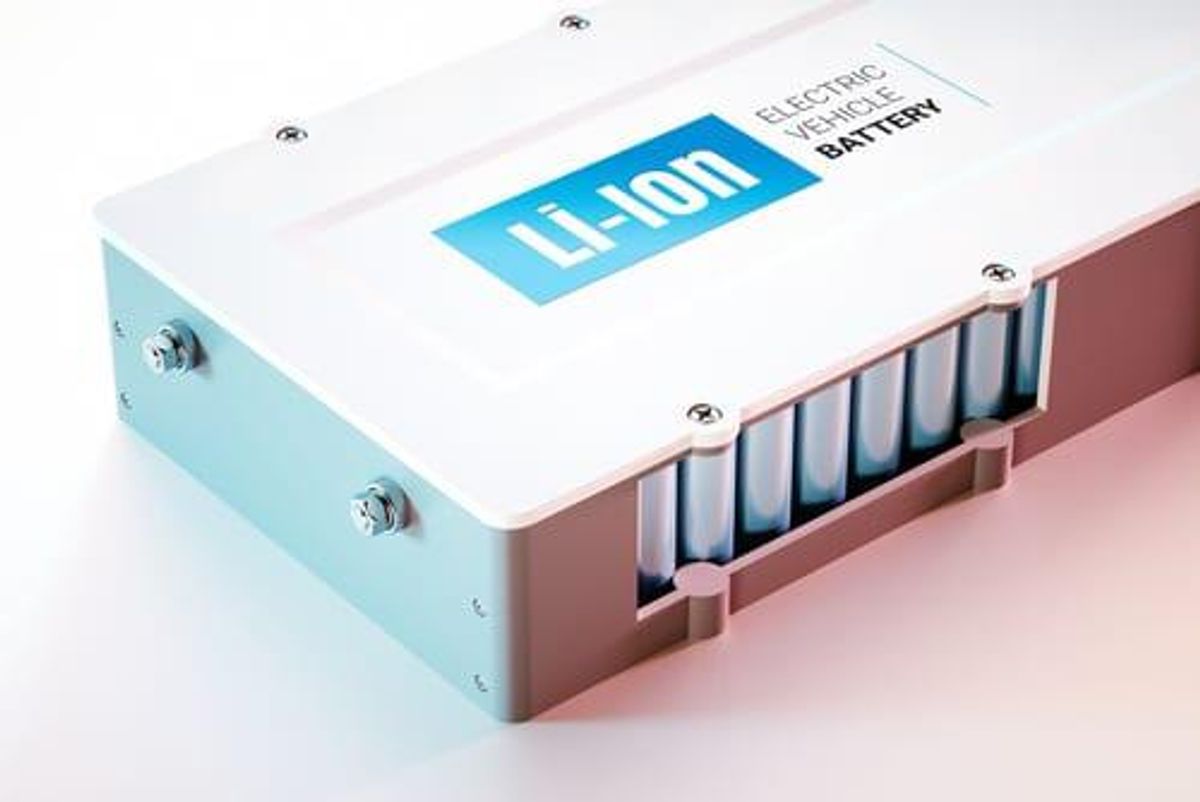Fastmarkets: Lithium Demand to Recover, Producers to be Restrained

William Adams of Fastmarkets says lithium demand will not return to pre-COVID-19 levels this year, but is expected to rebound sharply in 2021.
It was an unexpected first half of 2020, with the coronavirus pandemic impacting every commodity and market around the world, either hurting or supporting prices.
For lithium, prices are currently at unsustainable levels, said William Adams of Fastmarkets.
“We expect prices will start to level off … but as we all know, commodity prices can stay below marginal costs for a long time until either demand recovers or producers make cutbacks,” he said.
“We expect to see a bit of both — more producer restraint, indeed we saw that with Albemarle (NYSE:ALB) reducing some of its production, and a pickup in demand.”
Lithium prices performed as expected in Q2 this year, according to Fastmarkets’ forecast.
Battery-grade carbonate was expected to average 42,000 yuan ($5,932) per tonne, and it ended up averaging 42,942 yuan per tonne; that’s compared with 47,539 yuan per tonne in the first quarter.
Meanwhile, the firm’s carbonate forecast (including cost, insurance and freight) for China, Japan, Korea was $7.80 per kilogram for the second quarter, with prices ending up averaging $7.87 per kilogram compared with $8.75 per kilogram in the first quarter.
“Overall we think a base is now forming and prices may drift a little lower, but generally flatten out,” Adams told the Investing News Network. “There is, however, considerable stock along the supply chain and idle production capacity, so prices are likely to only get a little lift off the lows and then be capped until demand has climbed to absorb more of the inventory and the idle capacity.”
But for Adams, demand will not return to pre-COVID-19 levels this year, meaning it will be lower than in 2019. He expects demand to rebound sharply in 2021.
“Especially as a lot of the government measures to combat the fallout from COVID-19 are aimed at electric vehicles (EVs), and green projects that will boost demand for lithium-ion batteries for use in EVs and energy storage systems,” he said. “We expect the rest of 2020 will see demand rebound.”
Looking at the supply side, Adams explained that physical supply has not been directly affected that much. Some producers have reacted to weak demand and prices by reducing their production, while others are building their inventory.
“What has been affected is that a lot of development/expansion work has been put on hold and the low price environment has made it more difficult for some juniors to raise funds, but not all,” he said, mentioning Infinity Lithium (ASX:INF) and Sigma Resources (TSXV:SGMA,OTCQB:SGMLF) as examples.
“These delays means that there is a greater risk of supply shortages in the period after 2024/2025 and during the second half of the decade.”
When asked about whether the deglobalization of lithium supply chains is good news for the industry, Adams said in general the answer is yes. “It will help the lithium space become greener — less CO2 emissions in transporting lithium back and forth around the world and more secure as there will be less concentration and risk of geopolitical disruptions,” he said.
This may also be good news for juniors that may be small and in higher-cost regions, and therefore may have struggled to raise financing if it was not for their proximity to end-use demand, he added.
For investors interested in the lithium space, Adams said some catalysts to watch out for during the rest of the year are if inventories are falling, if there are more production cutbacks and if EV demand in China recovering from the slowdown that started in July 2019.
Don’t forget to follow us @INN_Resource for real-time news updates.
Securities Disclosure: I, Priscila Barrera, hold no direct investment interest in any company mentioned in this article.
Editorial Disclosure: The Investing News Network does not guarantee the accuracy or thoroughness of the information reported in the interviews it conducts. The opinions expressed in these interviews do not reflect the opinions of the Investing News Network and do not constitute investment advice. All readers are encouraged to perform their own due diligence.





